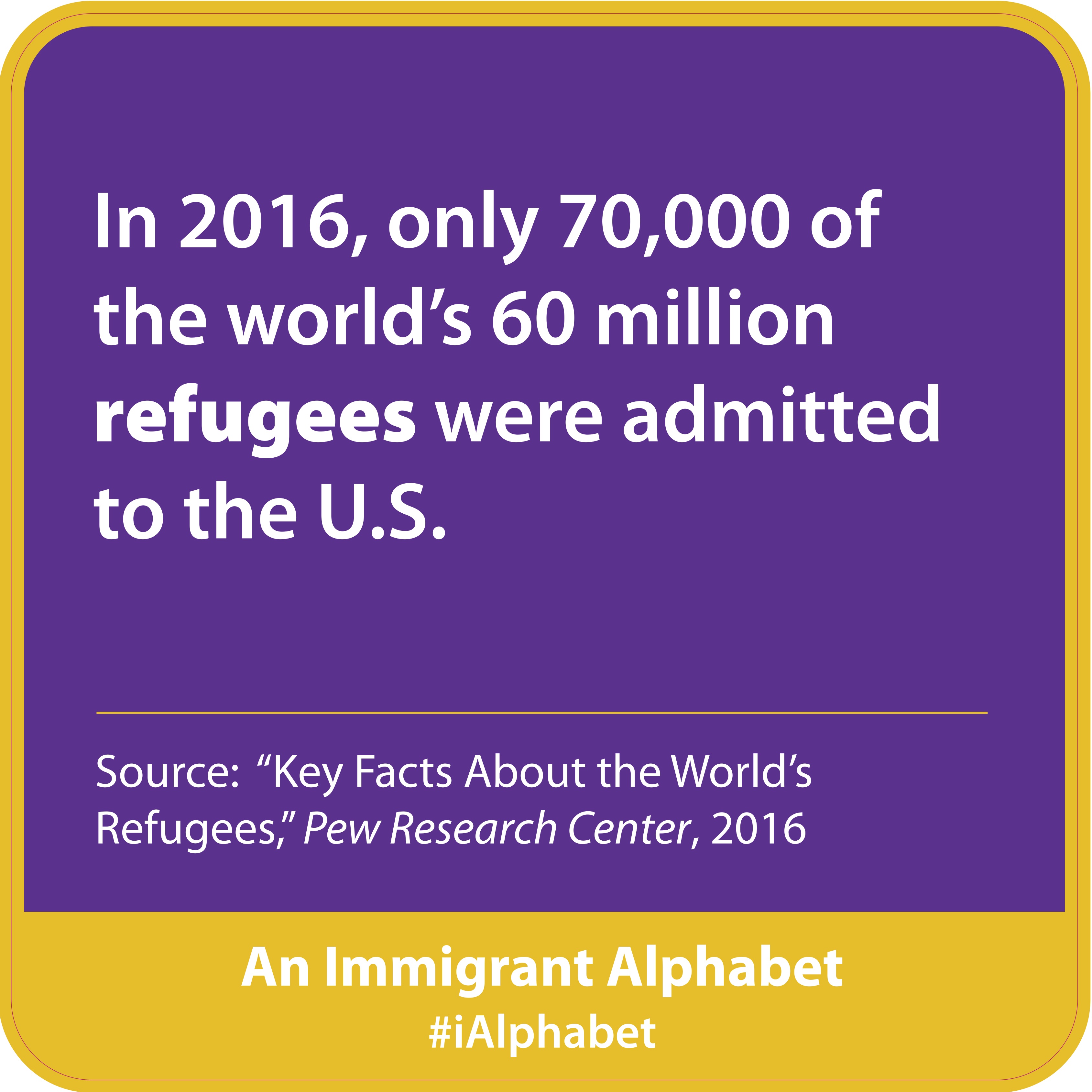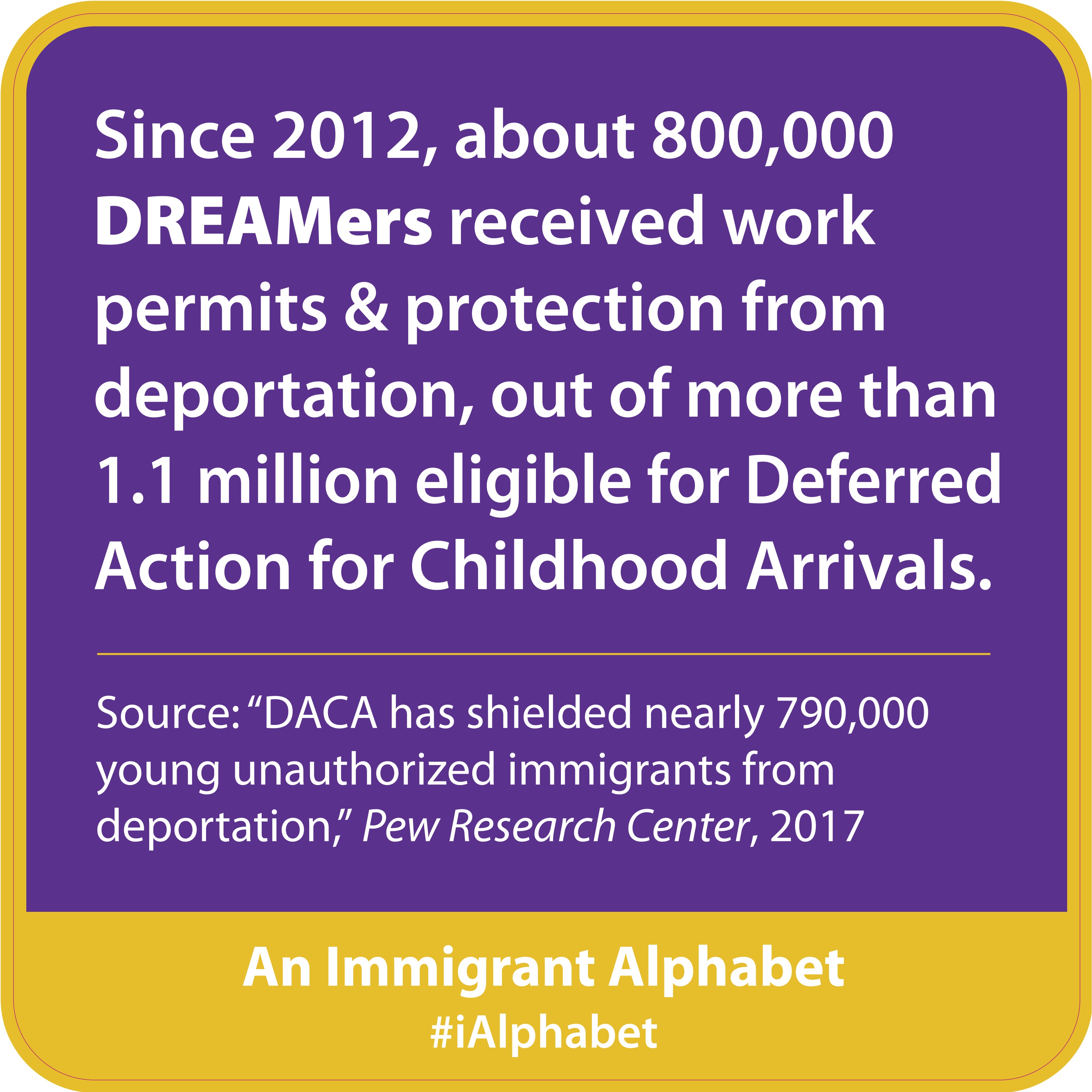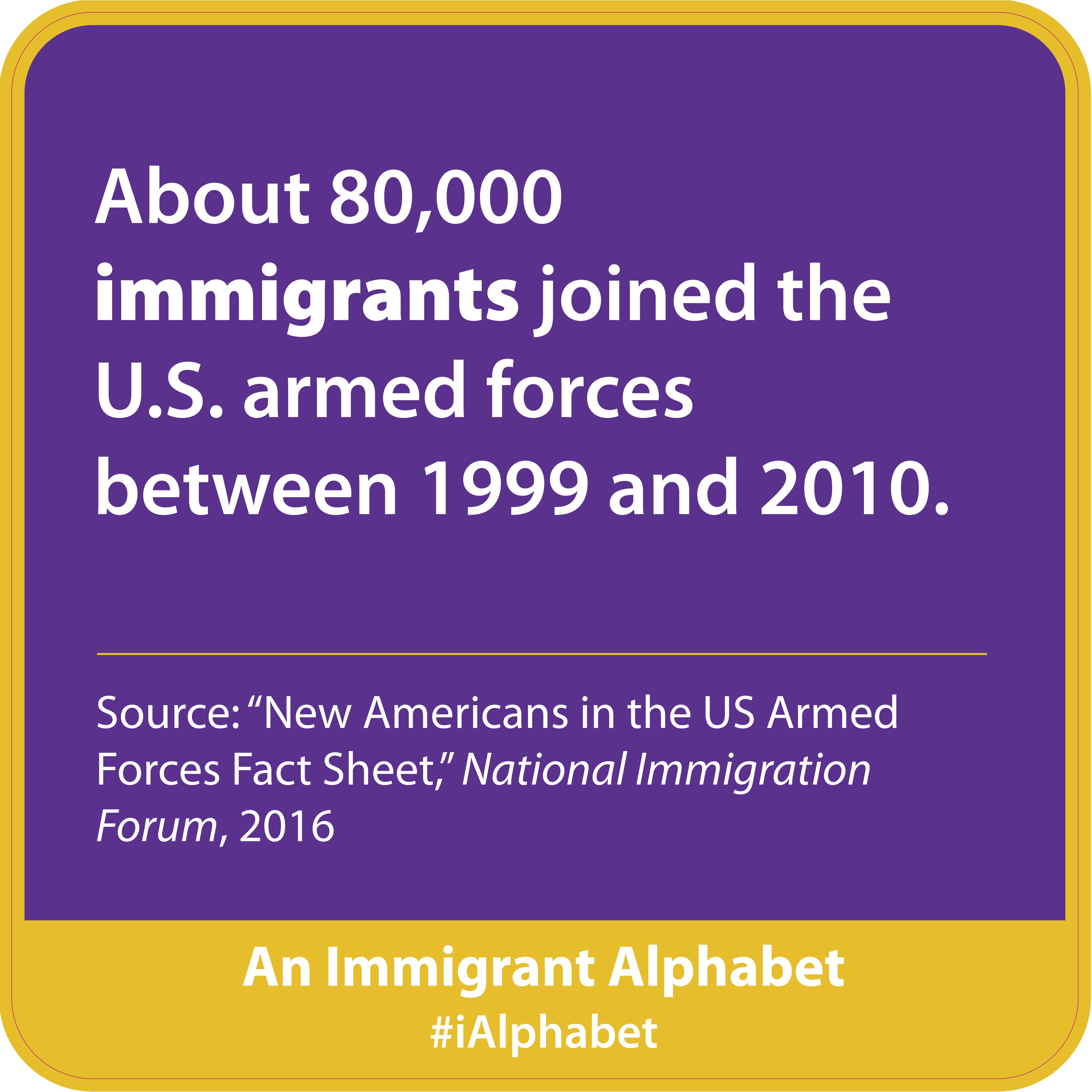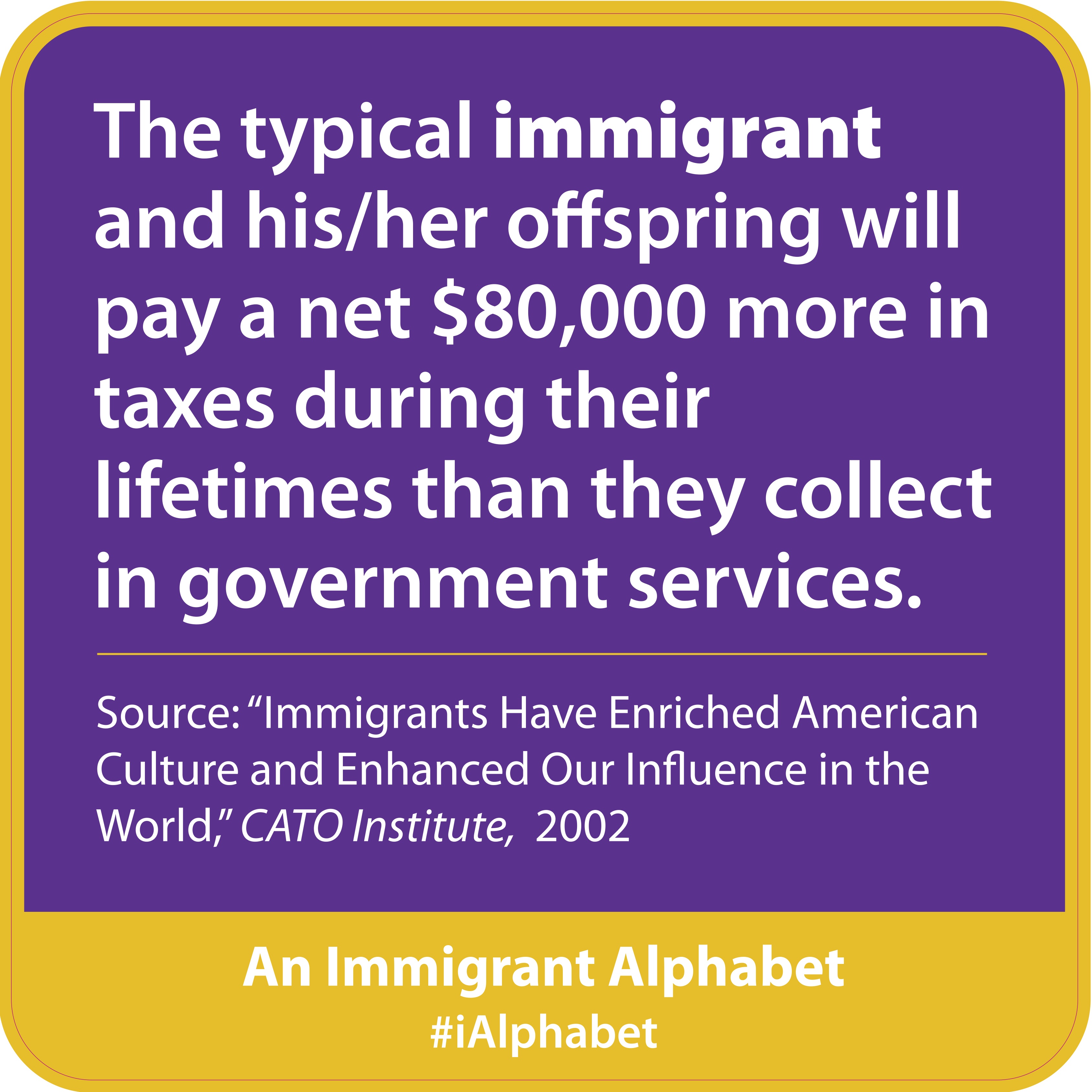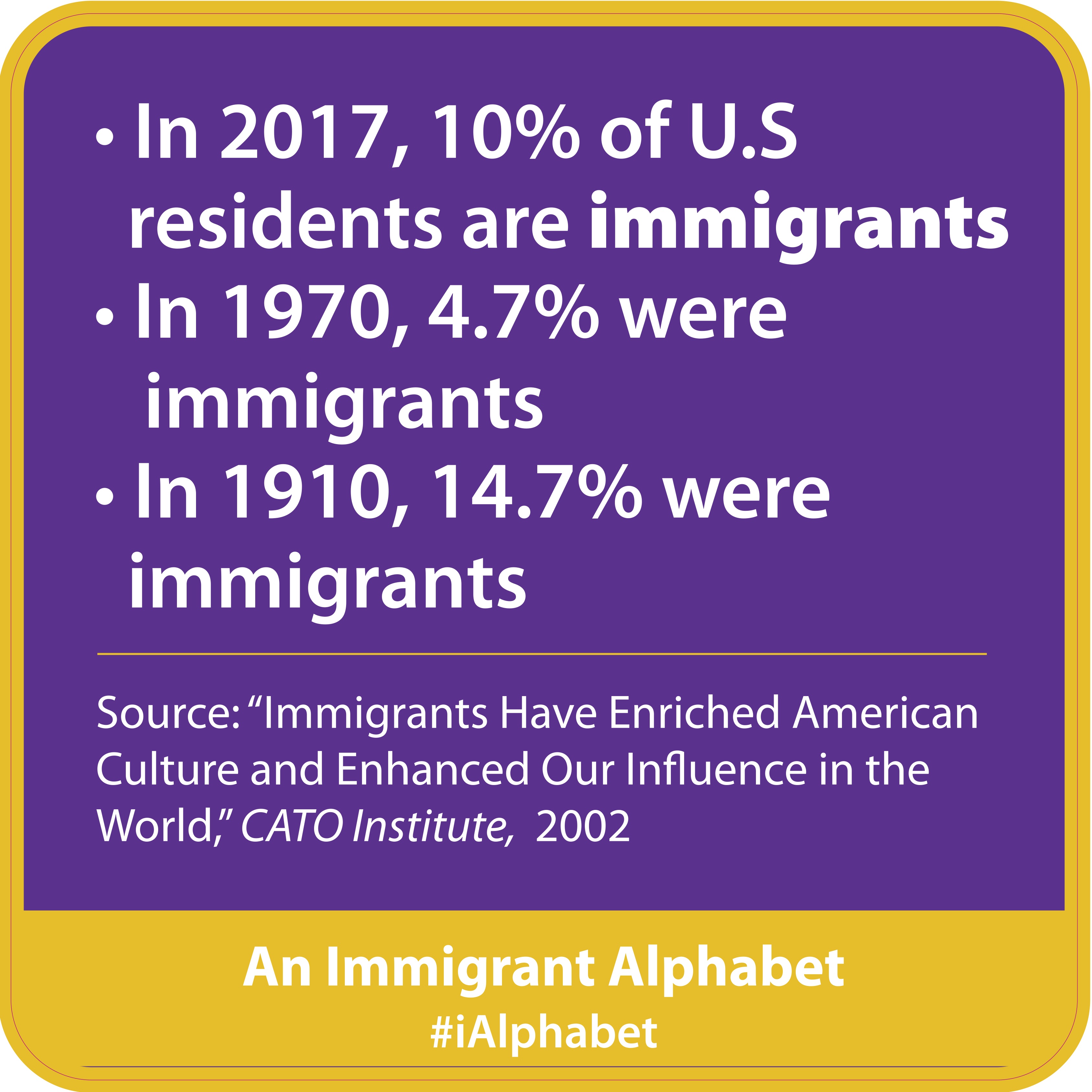
America n.
Most scientists agree that the first people to live in America crossed into North America through the Bering Strait 20,000 years ago. 500 years ago, the great European Migration began, resulting in clashes with Native Americans and the forcible displacement of African slaves to the U.S.
Immigration Timeline, State of Liberty & Ellis Island Foundation, Inc.

Border n.
In the last 16 years, more people have died illegally crossing the Southwestern border of the United States than were killed in the 9/11 attacks and Hurricane. For every body found, it is suspected that five go undiscovered.
“A Path to America, Marked by More and More Bodies”, The New York Times, 2017

Culture n.
Henna has been used by desert cultures throughout the Middle East, Africa, India and Egypt for thousands of years. The reddish brown stain is most often used to decorate the skin of hands and feet, but is also used to dye nails, clothes and hair. While henna has been used for decoration and medicine for at least 5,000 years, the practice of mehndi began as a way to cool off in the hot Indian desert.

Dreamer n.
The purpose of the Development, Relief and Education of Alien Minors Act is to give undocumented immigrants who meet certain requirements the opportunity to enlist in the military, attend college, and pursue a conditional path to citizenship. Over 750,000 people have received DACA (Deferred Action for Childhood Arrivals) status and an estimated 1.1 million are eligible. Repeal of DACA would expose hundreds of thousands of people to deportation.
Basic Information About the Dream Act Legislation, Dream Act Portal

Education n.
The number of immigrants in Pennsylvania with a college degree increased by 58.9% between 2000 and 2011. 35.1% of Pennsylvania’s foreign-born population age 25 and older had at least a bachelor’s degree in 2011, compared to 26.3% of native-born persons age 25 and older. In Pennsylvania, 88% of children with immigrant parents were considered “English proficient” as of 2009, according to data from the Urban Institute.
New Americans in Pennsylvania, American Immigration Council
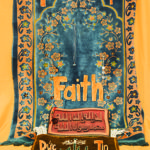
Faith n.
Over the next four decades, the world’s religious profile is projected to change rapidly. In the United States, the proportion of Christians will decline from more than three-quarters of the population to two-thirds in 2050, and Islam will replace Judaism as the second largest religion although the global Jewish population will continue to grow.
“The Future of World Religions: Population Growth Projections, 2010-2050”, Pew Research Center 2015

Green Card n.
A green card is granted to a Lawfully Permanent Resident, and gives immigrants the right to live and work in the United States indefinitely. Green card holders are also allowed to petition on behalf of close family members to receive permanent residence. However, they do not have the right to vote, and cannot leave the country with the intention of making a home elsewhere unless they give up their green card.
Green Card for Employment-Based Immigrants, U.S. Citizenship and Immigration Services 2017

Happiness n.
Decades of resear
ch has revealed that there are some qualities that happy people have in common. Among these are quality relationships with friends and family. Happiness impacts more than just social bonds. Happy people are more connected to the neighborhoods in which they live. This sense of community contributes to social capital growth and has shown to be a catalyst for positive behaviors in the community such as volunteering and neighboring.
“Happy People, Happy Neighborhoods”, Bureau of Economics and Business Research

Immigrant n.
Among its peer regions, metropolitan Philadelphia has the largest and fastest growing immigrant population, which now stands at over 500,000, comprising nine percent of the total population. Metropolitan Philadelphia has a mix of immigrants and refugees from Asia (39 percent), Latin America and the Caribbean (28 percent), Europe (23 percent) and Africa (8 percent). The 10 largest source countries are India, Mexico, China, Vietnam, Korea, Italy, Ukraine, Philippines, Jamaica, and Germany.

Jewelry n.
The ancients believed that certain metals and stones had supernatural powers and mystical qualities. Over the centuries, well-crafted gold and silver jewelry with precious stones became a way to communicate one’s wealth, social rank, power, chain of office, and religious affiliation. Jewels have also helped ward off inflation, struggling currencies, and revolution. In an emergency, valuable jewels can always be traded for goods and services.
“History of Jewelry Part I”, Fashion In Time 2013

Knowledge n.
Immigrants come to the United States with varying levels of English proficiency. In 2013, the total immigrant population in the United States was 41.3 million, of whom half have limited English proficiency. These immigrants are more likely to live in poverty and be less educated. 46% of all LEP (Limited English Proficient) individuals have no high school diploma and 25% live in family households below the federal poverty line.
The Limited English Proficient Population, Migration Policy Institute 2015

Leave v.
If all of the world’s international migrants lived in a single country, it would be the world’s fifth largest with around 244 million people. International migrants make up 3.3% of the world’s population today and as of 2015, refugees account for about 8% of the international immigrant population. Everett Lee’s push-pull theory describes immigration as the joint product of factors pushing people out of their home country and attractive forces in other countries.
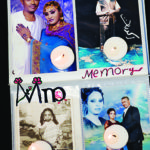
Memory n.
Recognition memory forms shortly after birth, followed by working memory at 6 months which allows children to learn language and words. Semantic memory develops at two years old which allows children to understand concepts and general knowledge of the world. The feeling of being “at home” that many migrants may feel for their country of origin regardless of how early in development they left, is the result of recognition memory.
“Why Childhood Memories Disappear”, The Atlantic 2015

Now adv.
By 2011, a record 5.6 million immigrants from Latin America and the Caribbean had become naturalized, but an even larger number—5.8 million Latin American and Caribbean immigrants—are currently eligible to apply for citizenship but have not done so. According to the Pew Hispanic survey, about four-in-ten (45%) say the primary reason for not naturalizing is either personal (26%) or administrative barriers (18%).
Reason for Not Naturalizing, Pew Research Center 2012
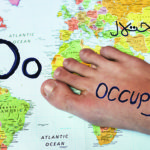
Occupy v.
In 1900, 90.4% of African land was controlled by European powers, 98.9% of Polynesia, 56.5% of Asia, 27.2% of the Americas, and 100% of Australia. By 1939, the population of Great Britain was 45.500,100, and the square mileage of Great Britain was 94,000 , while the population of its colonies was 470,000,000 and the square mileage of its colonies was 13,100,000.
Extent of Colonialism, Mount Holyoke College

Prisoner n.
According to a 2017 study by the Cato Institute, immigrants are less likely to commit crimes or be incarcerated than the U.S.- born population. In 2014, both undocumented immigrants and documented immigrants had incarceration rates far below people born in the U.S.—at 0.85%, 0.47%, and 1.53%, respectively.
“Immigration Myths, Crime and the Number of Illegal Immigrants”, Cato Institute 2017

Qualified adj.
Brain waste refers to the waste of human capital due to the unemployment or underemployment of highly skilled or college-educated immigrants, often caused by a lack of recognition of foreign professional and academic credentials or lack of fluency in English. Between 2012 and 2014, around 1.8 million college-educated immigrants in the U.S. labor market were unemployed or working in low-skilled jobs.
“College-Educated Immigrants in the United States”, Migration Policy Institute 2016

Refugee n.
The wave of children’s books about Muslim asylum seekers is arriving amid the worst refugee crisis the world has seen since World War II, as millions of civilians — many of them children — flee the wars and insurgencies in Syria, Iraq and Afghanistan. The Syrian civil war alone has uprooted more than two million children, according to Unicef.
“Children’s Authors Take on Refugee Crisis”, New York Times 2017

Stereotype n.
For every Chinese American or South Asian who has a college degree, the same number of Southeast Asians are still struggling to adapt to their lives in the U.S. For example, Vietnamese Americans only have a college degree attainment rate of 20%, less than half the rate for other Asian American ethnic groups. The rates for Laotians, Cambodians, and Hmong are even lower at less than 10%.
The Model Minority Image, Asian-Nation

Trust n. v.
Migrants are willing to take risks in search of a better life when they cannot access legal channels of migration. Smuggled migrants are vulnerable to abuse and exploitation. They may suffocate in containers, perish in deserts or drown at sea while being smuggled by profit-seeking criminals. It is estimated that two of the principal smuggling routes – leading from East, North and West Africa to Europe and from South America to North America – generate about $6.75 billion a year for criminals.
Smuggling of Migrants: the Harsh Search for a Better Life, Transnational Organized Crime

Upset adj.
A 2013 report found that 150,000 children were separated from one or both parents as a direct result of U.S. immigration policies. Children who lose one or both parents to deportation experienced increased poverty, reduced access to food and healthcare, and limited educational opportunities.
Impact on Families of Mass Deportation, Immigrant Defense Project
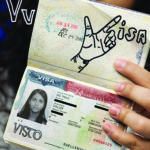
Visa n.
A total number of 140,000 immigrant visas based on employment are granted by the U.S. per year. Half of these are granted to the immediate family members of the principal visa holders. No more than 7% of the total number of immigrants in a year can come from a single country, which is intended to create diversity amongst incoming immigrants.
Facts About Immigration and the U.S. Economy, Economic Policy Institute 2014

Water n. v.
Worldwide, 780 million people lack access to a water source that is protected from outside contamination. Unsafe drinking water, inadequate sanitation, and inadequate hygiene contribute to about 88% of deaths from diarrheal diseases, which affect children in particular. Girls are also more likely to be responsible for collecting water for their family, making it difficult for them to attend school during the day.
Global Water, Sanitation and Hygiene (WASH), CDC 2016

X n.
There are at least 350 languages spoken in the U.S. 146 of those are spoken in the Philadelphia Metro Area. 15% of the metro area population over the age of five speaks a language other than English at home.
Census Bureau Reports at Least 350 Languages Spoken in U.S. Homes, United Census Bureau 2015

Youth n.
Unaccompanied migrant children from Mexico or Canada may be removed without a hearing. Children from other nations are often forced to represent themselves in court; law does not require that all unaccompanied children have an attorney in court, nor are they provided with an attorney. Those that are not granted some form of immigration relief by a judge are deported.
Facts About Immigration and the U.S. Economy, Economic Policy Institute 2014
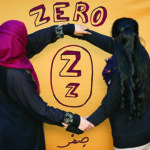
Zero n.
Zero was first invented between 400 and 300 BCE in Babylon. During the fifth century CE in India, it developed conceptually as a number rather than simply a punctuation mark between other numbers. Many cultures were hesitant to adopt it because of its perceived dark, magical connotations.
The Origin of Zero, Scientific American 2009
